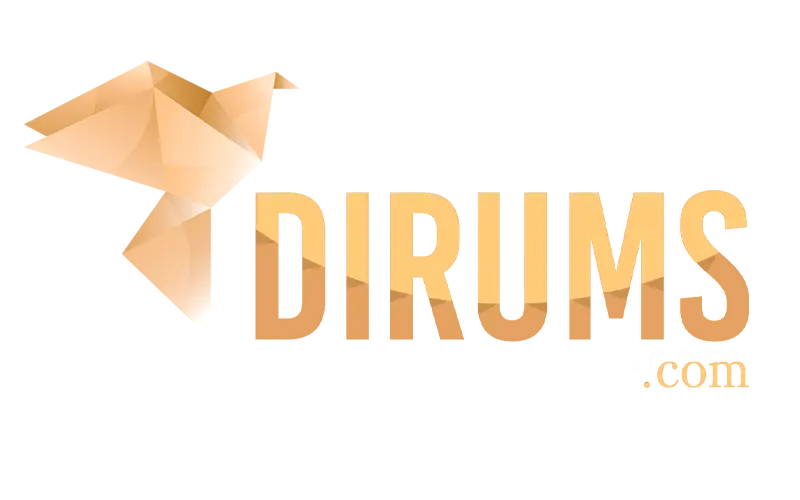Wildlife Paintings
Table Decor
Painting for Living Room
Religious Paintings
/media/Untitled%20%28633%20x%20220%20px%29%20%28400%20x%20200%20px%291712662098587.png)
Vibrant Sohrai Painting: A Closer Look At Its Colors, Stories, & Traditions
The Sohrai painting tradition has a long history and its roots are in the tribal communities of Jharkhand, specifically the Santhal tribe. In the past, these paintings were made as a part of ceremonial activities held during the celebration as a way to thank nature, particularly for the abundant crop and the health of the cattle. This tradition dates back to ancient times, with murals of Sohrai art dating as far back as 10,000-4,000 BC. Originally made on cave walls, Sohrai paintings are a reflection of the tribal cultures' traditional artistic traditions.
Symbolism in Sohrai Painting
Sohrai paintings of Jharkhand are rich in symbolism, depicting motifs such as animals, plants, and geometric patterns, each carrying specific meanings related to fertility, prosperity, protection, and warding off evil spirits. For example, animals like cows and horses symbolize abundance and wealth, while plants like the lotus flower represent purity and wisdom. Geometric patterns often reflect interconnection and balance within the universe. The paintings have a connection with the spiritual practices and beliefs of the indigenous tribes; they are not merely decorative. These works of art are often created during auspicious events like marriages, births, and agricultural celebrations; they are seen as blessings and visual prayers for the community's well-being.
Sohrai is a harvest festival celebrated in Jharkhand, also known as the cattle festival. It happens after the harvest season and coincides with Diwali. People from various tribes like Sadan, Oraon, Munda, and Santal celebrate it. This festival occurs on Amavasya (new moon) in the Hindu month of Karthik, usually in October or November. It's a time to honor cattle, such as bullocks, buffalos, goats, and sheep, showing gratitude and affection towards them. During Sohrai, people showcase their artistic talents by creating drawings and patterns, although these are erased after the festival. Sohrai art draws its color palette from nature itself. Jharkhand has dense forests, where sunlight filters through the leaves, making the forest floor in myriad shades of green. Tribal women collect materials like charcoal from burnt wood, clay from the earth, and various plant extracts to create their paints for creating paintings. These raw materials after being collected are prepared, by using various techniques like drying, socking, grinding, and mixing to create various different colors that show the vibrancy of their surroundings. Every design in Sohrai painting tells a story rooted in history and culture. These paintings depict not only everyday images from rural life but also legendary stories of tribal heroes passed down through generations. These paintings are a bright canvas of cultural history, depicting the brave actions of tribal heroes as well as the eternal knowledge of old spirits. Each detailed detail preserves the essence of a narrative, sustaining the stories that characterize indigenous power and hero spirit These stories live on via Sohrai art, inviting viewers to find themselves in the compelling narratives of the past. In Sohrai paintings, you'll notice big differences depending on which village or community they come from. For example, paintings from Isco village look quite different from those in Bhelwara or Saheda villages. This is true for many places across the state. Why? Well, it's because each community has its own unique environment and painting traditions. Artists usually paint what they see around them. So, in places with lots of flowers and birds, you'll see those in the paintings. In mountain areas where there are more wild animals, you'll find those creatures in the art too. This variety in Sohrai paintings shows not just the landscapes but also the different cultural influences in each community's art. Sohrai art, while based in tradition, embraces innovation and evolves with the times. Modern artists are breaking new ground in this old art style, tackling contemporary topics like environmental conservation and social justice. By combining tradition with new viewpoints and approaches, Sohrai art remains relevant in today's ever-changing environment. This dynamic blend of old and contemporary guarantees that Sohrai art continues to enchant audiences while also addressing current challenges. Despite its traditional roots, contemporary artists are pushing the boundaries of the Sohrai art form. They are addressing important issues like environmental protection and social justice. These artists use a variety of strategies, including experimenting with diverse materials and working with practitioners of other art genres. Additionally, community involvement programs are being launched, which will involve local participation in the creation of Sohrai artwork. Through these efforts, Sohrai art remains relevant and compelling, adapting to contemporary challenges while maintaining its traditional value. Sohrai painting has evolved as a popular destination for travelers interested in tribal culture and traditional artistic expressions. Beyond basic tourism, it provides an in-depth look into the culture and beliefs of tribes like Sohrai and Khovar. Furthermore, Sohrai artists' participation in cultural exchanges, displaying their work on both national and worldwide platforms, not only raises the exposure and awareness of this art form, but also allows for mutual learning and improvement among varied artistic traditions. Thus, Sohrai acts as a channel for cultural interchange and understanding, teaching admiration and respect across ethnic barriers. Sohrai painters have exceptional imagination and talent, creating bright designs on a variety of surfaces. Sohrai painting has earned national and international reputation, due to government and non-governmental efforts to promote and conserve indigenous art. It attracts tourists and participates in cultural exchanges. This combination of cultural heritage, artistic expression, and promotional efforts has solidified Sohrai painting's position in the worldwide art scene.Shohai Paintings are a prominent part of the Sohrai festival
The color palette of Sohrai paintings
They are also a reflection of past stories
Variation in style of Sohrai
Sohrai paintings evolving with time
Sohrai is also bridging cultures through art
Rakshanda Iqbal
1.230x viewSign up for our newsletter
Stay up to date with the roadmap progress, announcements and exclusive discounts feel free to sign up with your email.




